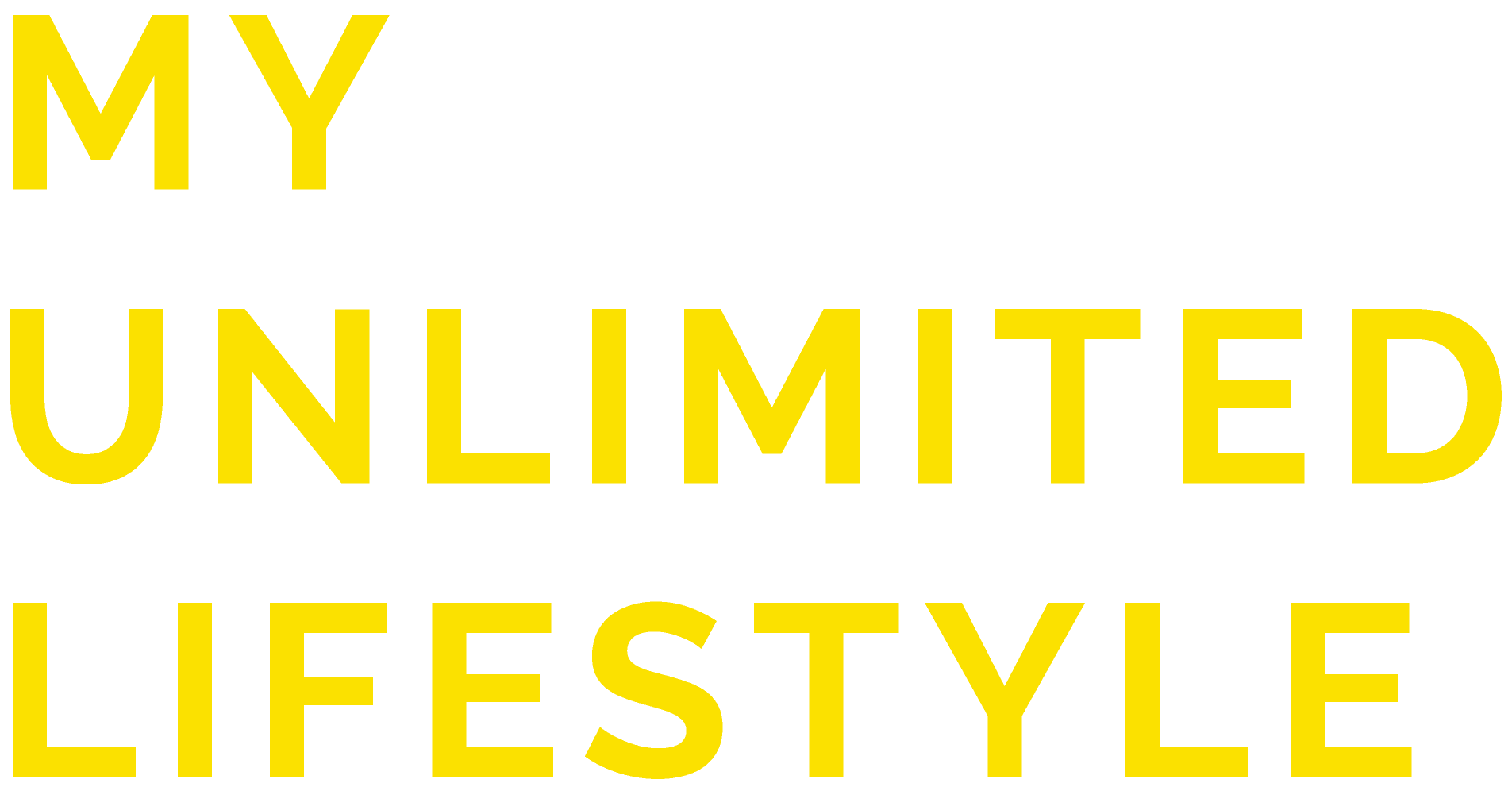It doesn’t matter so much about our natural intelligence or previous education if you want to know about adult learning styles. Indeed, everyone can discover how to learn effectively. What does “effective learning” mean? It is a set of skills. For example: how we can deal with procrastination, the art of time management, stress management, etc.
It is necessary to know whether you are a pro-growth or relatively stagnating personality. Pro-growth people have a better ability to learn and absorb a lot of information. And if it matters to learn only about fields that interest you. The answer to the question of how to learn quickly can be: Learn what you enjoy. These methods are not entirely usable in school but rather a lesson for life.
If you want to learn new skills Skillshare is the right place for you! Learn from professionals the skill you want to have. You can start learning for free by clicking here!
Adult Learning Styles have disturbing elements
You need to focus on learning, not on your Facebook account or writing off messages when studying. We have different kinds of waves in our brains. One of them is alpha waves. On alpha waves, you learn the most. However, we need at least 10 minutes of total concentration to achieve alpha waves. Once you reach the alpha waves, the learning will ease, and you will absorb information better.
Before you start learning, warn people around that you do not want to be disturbed. And yes, washing dishes or vacuuming the room will surely wait a while. Our eyes are a little “volatile,” so we should take away anything that might distract us from our field of vision, including the cell phone itself.
Some may perceive the surrounding sounds and movement more and some less—a quiet surrounding showed to be better for learning. Many of us can’t learn in noise at all.
Take regular breaks
I recommend taking regular breaks while learning. 25-35 minutes learning + 5 minutes break. Many do not take breaks because they consider them a waste of time. Deadly mistake! Effective learning must be interspersed with pauses. Breaks have a significant effect on learning:
Our brain can only process a certain amount of information at a time. If we try to learn much information at a time, it will overload our short-term memory. Before that, you will have time to store your knowledge in long-term memory.
Breaks give the brain time to shift knowledge from short-term to long-term memory. You will get significantly better memorization with less effort.
Have you ever studied for long hours and remembered the next day? Or do you know someone who happened? The lack of breaks is the main reason. You have overloaded your short-term memory!
What not to do during the break? Nothing intense. Clicking, noisy music, Facebook, throwing a ball against a wall, writing emails, calling, games. Do any activity which requires you to start doing some intensive work. It will push out the newly acquired knowledge.
On the other hand, you should not stay seated. Movement restores energy. Don’t think about what you have learned. What should I do? Take a walk, take out the garbage, clean something up, drink tea or coffee, and stretch. The biggest mistake is that you learn for too long without a break – after 40 minutes, the brain loses concentration. A tired brain has a hard time storing new information.
Motivate yourself with a reward
If you plan to reward yourself after the learning session, it forces your brain to absorb information more effectively. It is recommended to plan out the rewards in advance, even for multiple days. Adult Learning Styles implement more of the work experience into learning, which proves to be more efficient.
In general, this should be something you like. It can be good food, a favorite series, a movie, or anything else that makes you feel good. Because pleasurable feelings in our brain flush out dopamine, which helps transmit excitations from one neuron to another – helping to pass information between brain cells, leading to more effective learning.
Motivation also works if you are motivated by the result. Suppose you tell yourself that after passing the test/learning session, you will be able to excel in what you want to do. If you plan this type of motivation, it helps to read about successful people in your field to keep you motivated.
Pareto principle
Pareto’s principle states that 20% of activities produce 80% of the results. We can adjust this ratio in various ways, 25:75, 30:70, 1:99, and 10:90. It is important to remember that less activity generates more results. It allows for intelligent and efficient behavior!
This principle is used mainly by entrepreneurs and companies. 20% of customers generate 80% of sales, 20% of employees generate 80% of results, 10% of people own 90% of the world’s wealth, etc. Based on this analysis, they optimize their performance. This is one of the most used adult learning styles in everyday world, so it is important to know what Pareto principle is.
The Pareto principle used in learning:
Pareto’s first rule in learning: Learn what you enjoy. If you start with the topic you want, your brain will absorb the info better.
Pareto’s second rule in learning: Learn what works for you. We all have limited energy resources. We should not waste them on uselessness. Even if you learn for a long time, the time spent will be useless. Start with the topics which you understand quickly.
Pareto’s third rule: Learn what is most important. Why learn irrelevant information when you can do what will bring 80% of the results.
If you follow these three rules, the number of missed topics will be minimal. The left-out stuff will be mainly hard to remember and irrelevant things.
Find multiple sources to learn from
Your primary source of information will be from the notes you take. This scenario is the most usual, but looking for alternative topic sources is also essential. The primary source should stay from your notes and combine it with some printed sources and if it is necessary, use the Internet.
If you learn from multiple sources, it will help you better connect your thoughts. More sources also show you a new perspective on the subject matter. With those things combined, you will learn much more efficiently.
Reading aloud
Use as many senses as possible when learning. So not only sight, but also hearing. Reading a specific passage aloud can help you better understand the text and make learning more effective. It would help if you did not read long texts aloud but only a few critical topics in the textbook.
Learn in Blocks / Intervals
Many of us make the mistake of having enough time for everything, and then what happens is we learn just before the exam. Nobody says you won’t take an exam or write a test because of that. But it will undoubtedly bring you a lot of stress. It is better to learn continuously and in time blocks. It is one of the most effective learning methods. This method in not only useful as one of adult learning styles, but also for people in schools, as it helps the brain to ease up.
When you learn just before the exam, you will quickly forget the information you know. If you learn continuously, you can add more and more to this information, and the curriculum makes more sense. It is ideal if you keep repeating the subject. First, after one day, then after a week, after a month, and finally, you extend the intervals. Thanks to this, the information will last in our heads much longer.
Ideally, also learn in blocks. One can only concentrate for a while. Consequently, performance decreases, and the brain needs rest. You can spend the break between learning differently. We can recommend physical activity, a walk or a short sauna.
Studying in Silence or with Music
It is scientifically proven that students who learned classical music or jazz music were more successful than those who knew in complete silence. So it’s ideal for learning while listening to music. But you have to be careful when choosing. Music should not contain lyrics but should only be instrumental (i.e., ideally classical music, soundtracks, etc.).
The volume of the music is also essential. Surely few people can learn anything when the music wins to the fullest. The best is a quieter volume. There is even music directly to support the alpha waves in the brain (see above). Here I offer a small tasting of such recordings.
If you practice learning, it will get easier
Not when solving crossword puzzles, not counting examples, but we create the newest brain cells during physical exercise. Therefore, you should include exercise in your routine. It can be any sport. Ideally, one that will entertain you. However, you can also choose regular cardio exercises.
For example, you can use the Workout application. It can help you if you do not explicitly like a sport. But you want to help your brain cells and, therefore, practical learning. These exercises can be done from the comfort of home without any equipment.
A perfect distraction when learning can be a cold shower, which can start the body in a short time, relax it and slightly dampen the nerves. Many experts recommend incorporating the cold shower into tense days full of learning and preparation. You can read more about the benefits of a cold shower at the link at the beginning of this paragraph.
If you have the opportunity, you can relax once or twice a week in the sauna, which also benefits the body and mind. One of adult learning styles is more relaxation, as the process of learning gets more intensive if you are older.
It would be best if you learned at least a little with enthusiasm. You must not be tired. Movement, sleep, and a pleasant environment help to do this. You can also read an article on how to overcome fatigue.
Of course, a good and balanced diet will also help you. There are also several dietary supplements on the market. Of the three that we tested, we recorded specific results with the accessories of this Czech manufacturer. Also, don’t forget to supplement omega-3 fatty acids.






